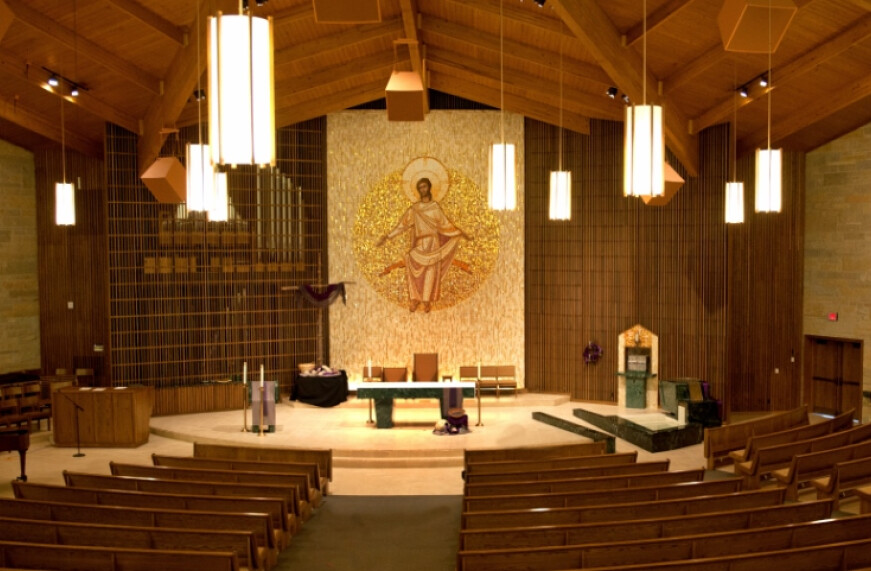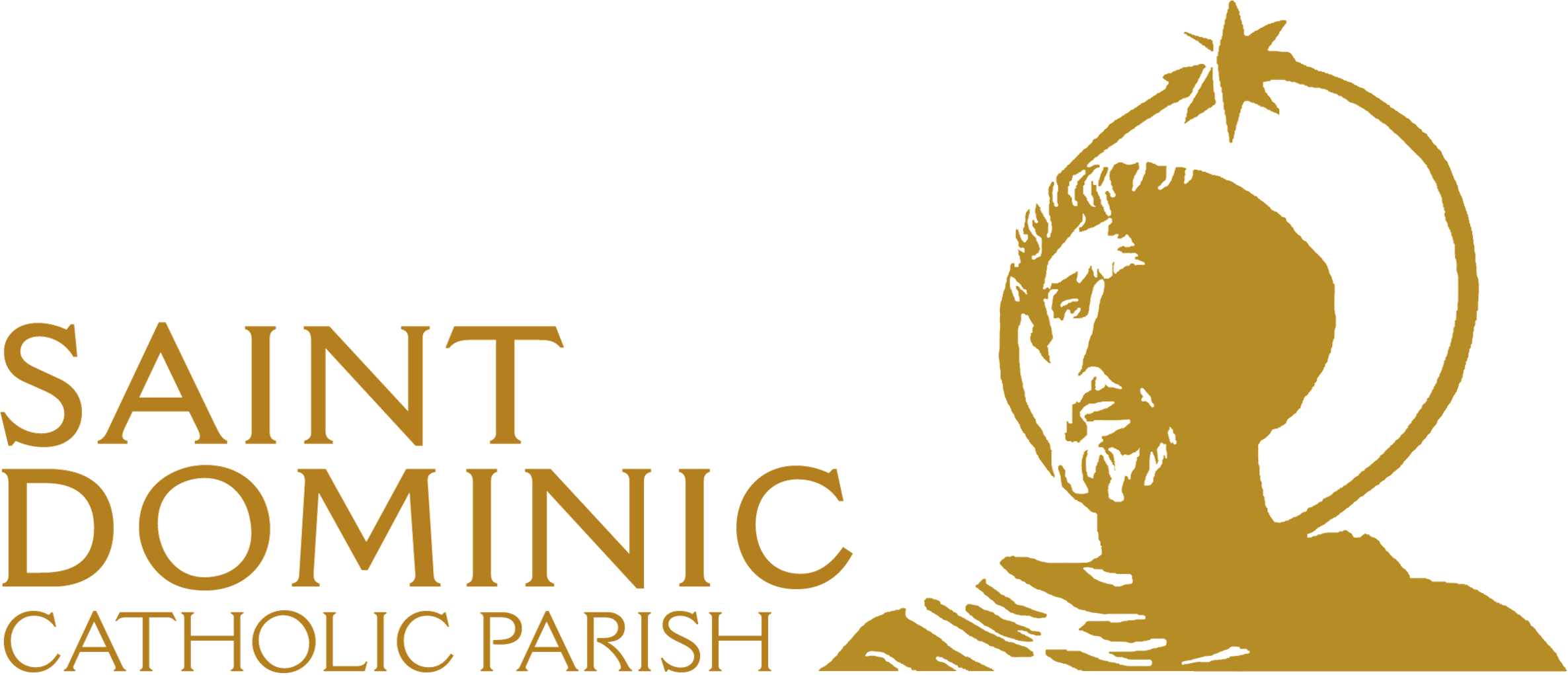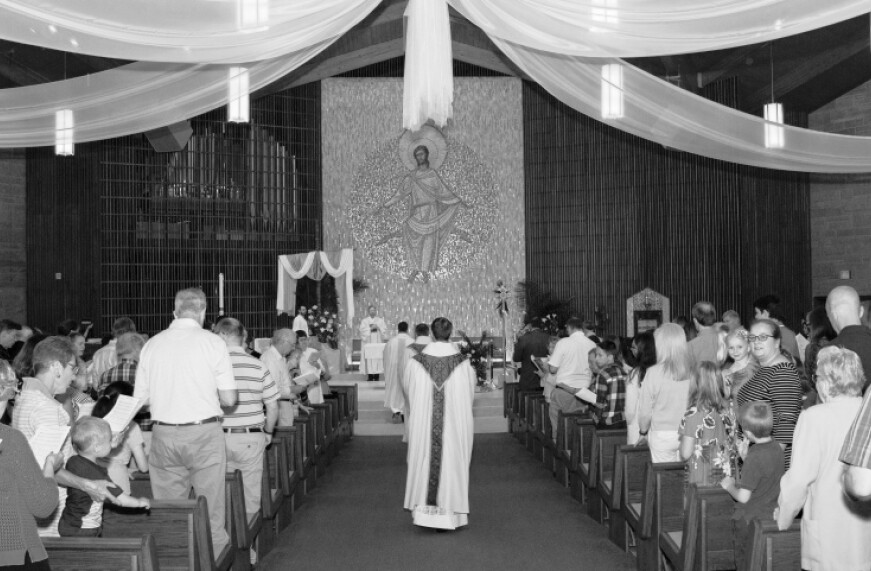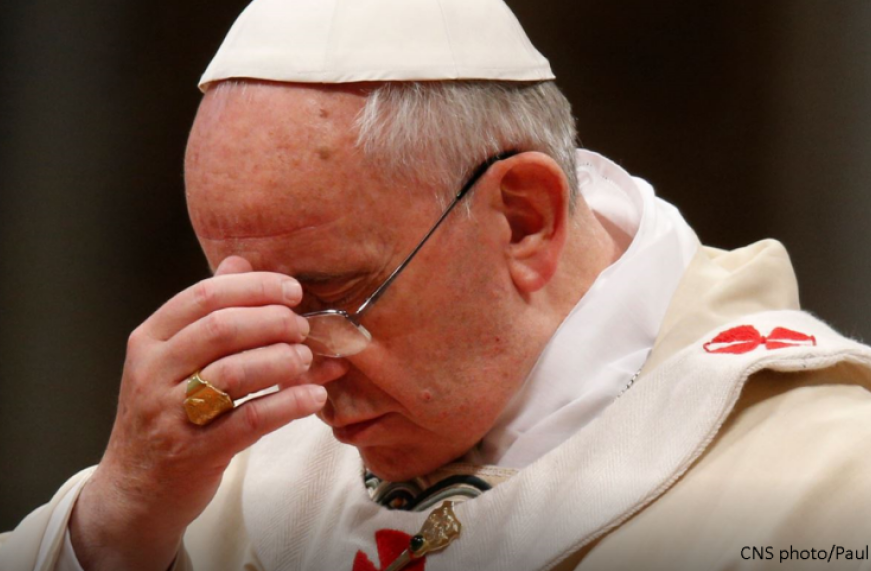The Church Building

Signs, Symbols, and Gestures of the Catholic Faith
As with everything we have been exploring, there is so much to share about the church building, so I am going to focus on two images every church we see should evoke in our mind.
The first image is that of home. A home is different than a house, and I always feel affirmed when I hear many of you call St. Dominic your home, for a house is just a building, a home is a place where we belong and also where someone is waiting for you.
At the moment of our baptism, every single church building becomes our home. No matter where we are in the entire world, we have a home to go to. A home where we find rest, safety, family, where we can truly be ourselves, and in each one of these homes someone is waiting for us, God.
The very notion that we have a place where God dwells is incredible. That is why the Jewish temple was so important, it was literally the only place where the presence of God dwelt, he was not confined there, but that was his home on earth. With Christ and now the Eucharist every Catholic Church becomes a home for God. We do not have to fly to Jerusalem to go home, we can drive here. Every time we see or enter a church we are reminded we are never homeless. And as with any home, it is always good to visit often.
The second image is that of a ship. Architecturally speaking many churches especially those in the Middle Ages often have ceilings which resembled a boat upside down-explain. The reason for this is to remind us that we are pilgrims, we are navigating the waters of the world to the harbor of heaven and the church is our ship. Flying the St. Dominic flag.
As pilgrims we must be careful of how much weight we are bringing aboard, for we do not want to sink it or slow her down. We need to do our part as any sailor to help this ship and her passengers make it safely to her journeys end. While admiring the beauty of the world as we sail, we do not want to stop too long at one place for the harbor of heaven awaits us.
So every time we enter a church we should realize that we are coming home and also entering the boat journeying toward the heavenly harbor.


